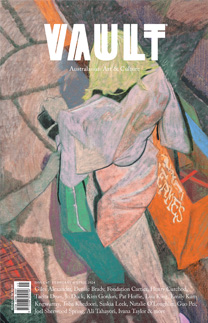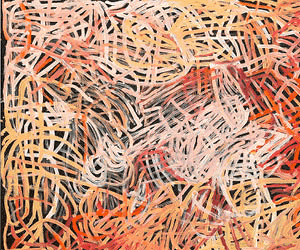Fiona Clark
Looking Forward, Looking Back
Forty years after they were outlawed, Fiona Clark’s unflinching photographs of 1970s Auckland point to a New Zealand caught between the pull of conservatism and the euphoric promise of changing social mores.
The work of photographer Fiona Clark has always been incredibly personal. Throughout her career, she's documented the people and places around her in a truthful and compelling way. “I don't remove myself from it, but I try and make that world accessible to other people,” she says. “I find it so extraordinary that [I] want to let them have a look as well.”
As a student at Auckland's Elam School of Fine Arts in the '70s, she recorded her friends at home, at nightclubs and parties, her images offering an intimate glimpse into the tight-knit LGBT community of Auckland's Karangahape Rd. But in 1976, two prints from this era — part of Clark's Dance Party series — sparked public protests and a backlash that saw the Auckland City Gallery close its doors.
While she is one of New Zealand's most iconic photographers, the incident has long overshadowed Clark's career. Forty years on, in February 2016, the previously censored photos were finally shown in Clark's first solo exhibition in Auckland. “It's really great that I can just do my work now and don't have to worry about people not wanting to show it,” she says. “It's affirming.”
What drew you to photograph what was happening around you in '70s Auckland?
I actually went to Elam [School of Fine Arts at the University of Auckland] to do sculpture. I didn't see myself as a photographer at all, in the beginning. The first lot of photos I took was in 1969. They were of rubbish bins, the inside and outside of them. And of course ... Subscribe to read this article in full

























